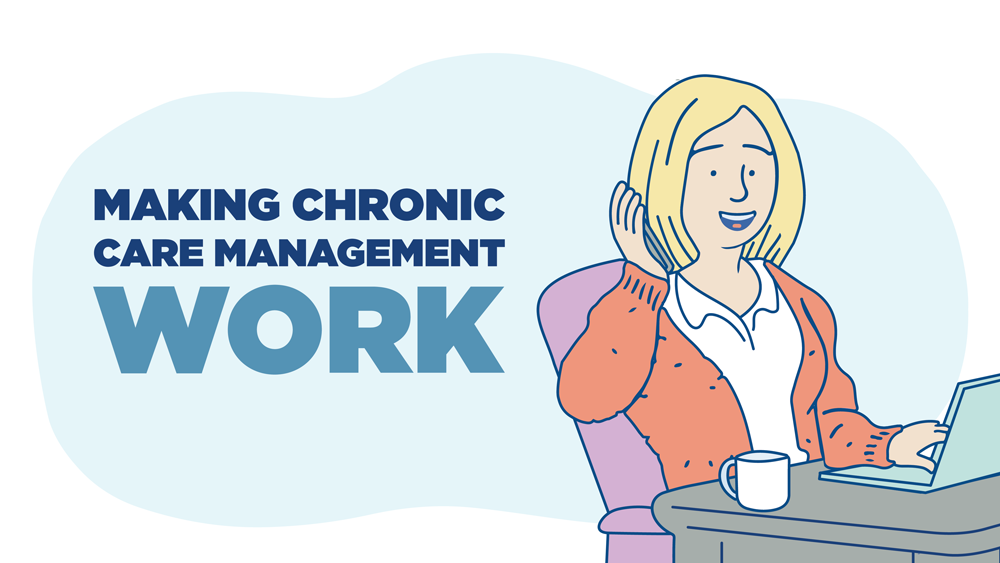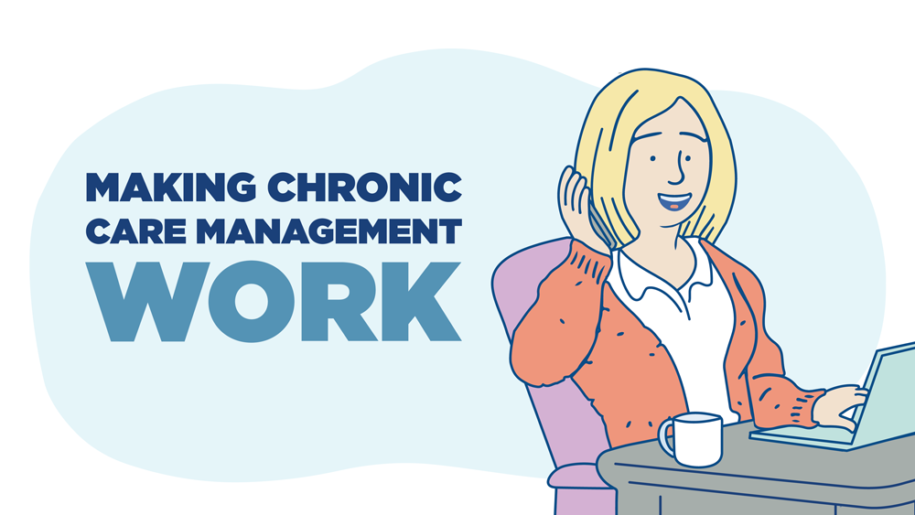
Making Chronic Care Management Work: A Pragmatic Model That Funds Itself
Many health systems recognize the need to engage with patients outside the office setting to head off preventable ED visits and keep patients healthier in their homes. While some providers will succeed with an in-house remote care management solution, many have found that the time, staffing resources and impact on workflows are far more than anticipated.
Other initiatives start with momentum but fade under the pressure to enroll patients and replicate performance month to month. In a healthcare world still driven largely by volume, providers are overwhelmed by the demands of increased patient loads, sicker patients and a complex payment landscape. Adding a helping of drudgery to their plates often puts them past the tipping point.
Fortunately, with the right partner, healthcare systems can quickly add care management capabilities and broaden their reach beyond the most acutepatients. With reimbursement available under the CCM codes, that initiative can pay for itself and bring new resources to the organization.
A remote care management partner should:
- Become an integral part of the care team, not an arms-length relationship
- Reduce the burden for administrative and clinical staff
- Work seamlessly with any number of EHRs and population health tools
- Minimize integration costs and delays
- Customize a program to suit your specific needs, goals and workflows
- Proactively address social determinants of health and barriers to care
- Offer end-to-end services, including enrollment, service delivery, compliance and billing
Starting with a basic building block like CCM lets you take the first step to better care management. It enables you to better serve patients and provides new top-line revenue for your practice or health system. When done well, it funds your transformation to this new delivery model—engaging patients to directly increase revenue through CCM billing codes and indirectly increase it through more office visits, higher long-term revenue potential from loyal patients, improved quality scores and lower utilization.

